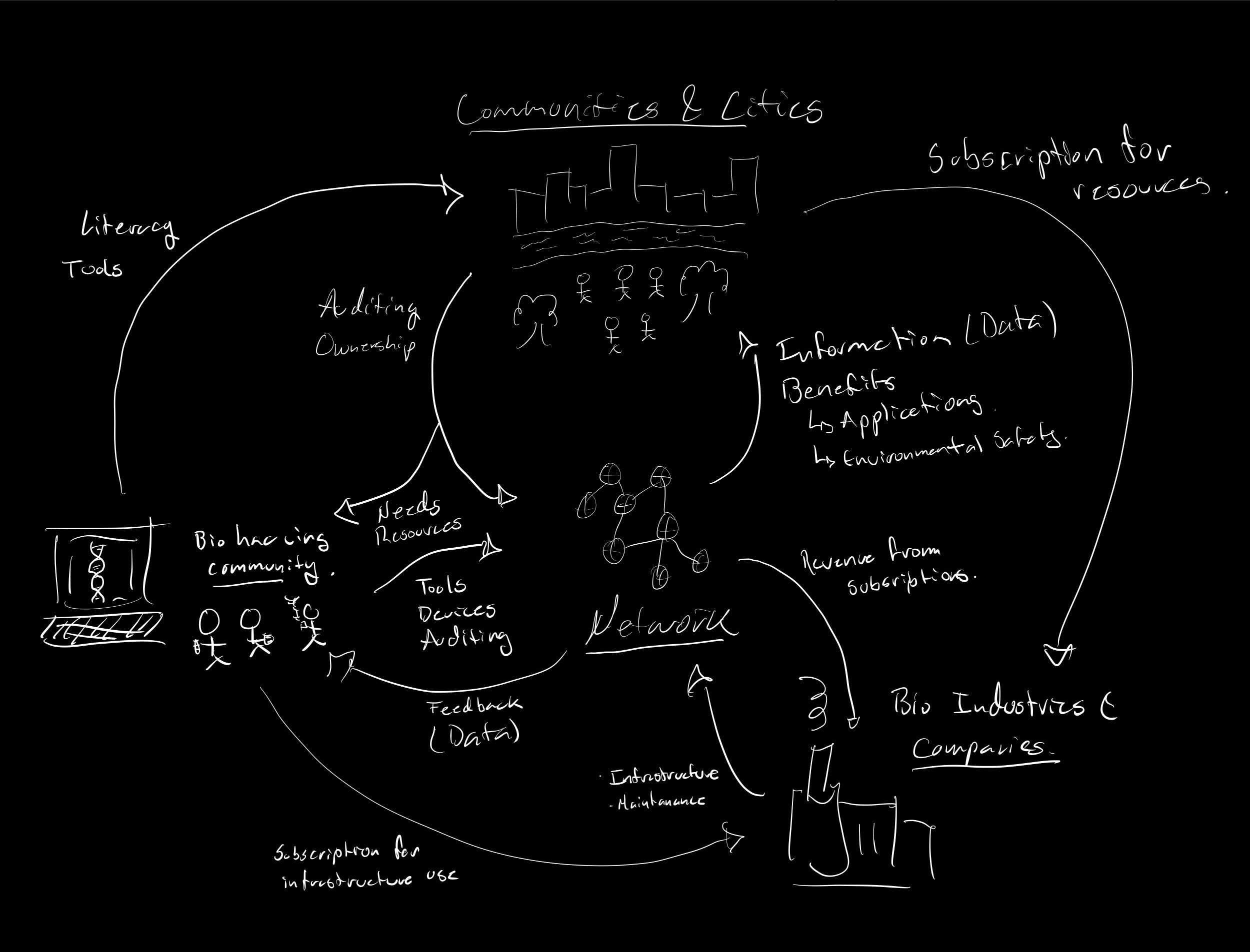Week 1 - Principles and Practices
Bio Cities
Biological systems have been subject to millions of years of evolution. Through this process, entities are able to communicate and coordinate in a decentralized and "effortless" manner.
Chemical signals are commonly used for communication between different entities, this creates patterns of self organization and resilience that would be desirable for
many of man made systems. The amazing results of this coordination can be seen at micro and macro scales.
We can see coordination between bacteria as well as coordination between larger and more complex ecosystems.
Cities, as a whole, represent one of the most impactful ways in which modern society interacts with the natural environment. Currently, our cities have not been designed or implemented in the most
sustainable ways. The future will require us to be ever more close to the inner workings of biology in form and function. With the advent of smart cities, sensor networks, IoT and AI carry the promise
of hyper connected and efficient performance within cities. The problem is that current implementations tend to treat the city as a big factory instead of as a complex natural ecosystem. In the long run, this could
lead to cities that are not propely embedded into nature and that end up being detrimental to society and our own planet.
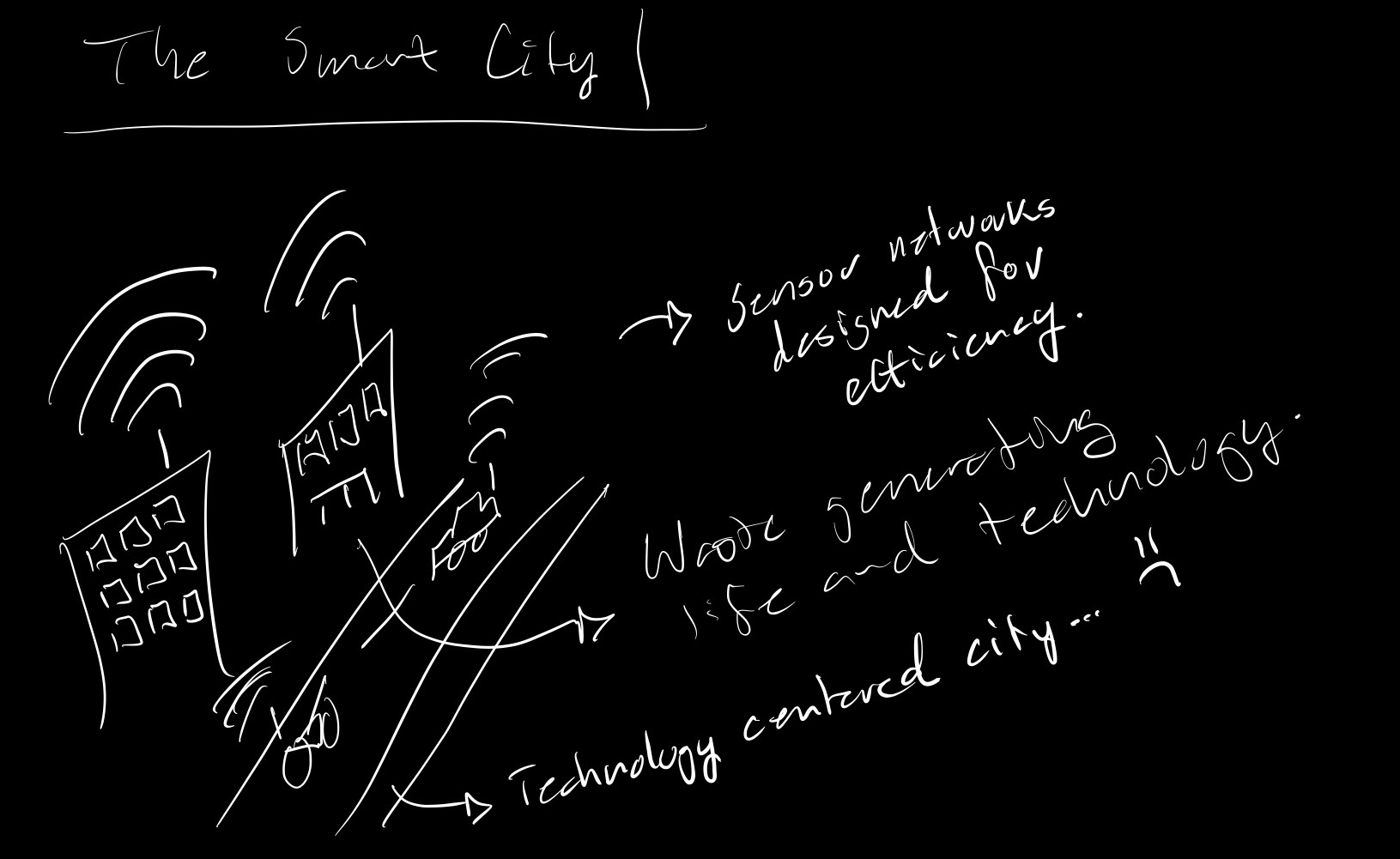
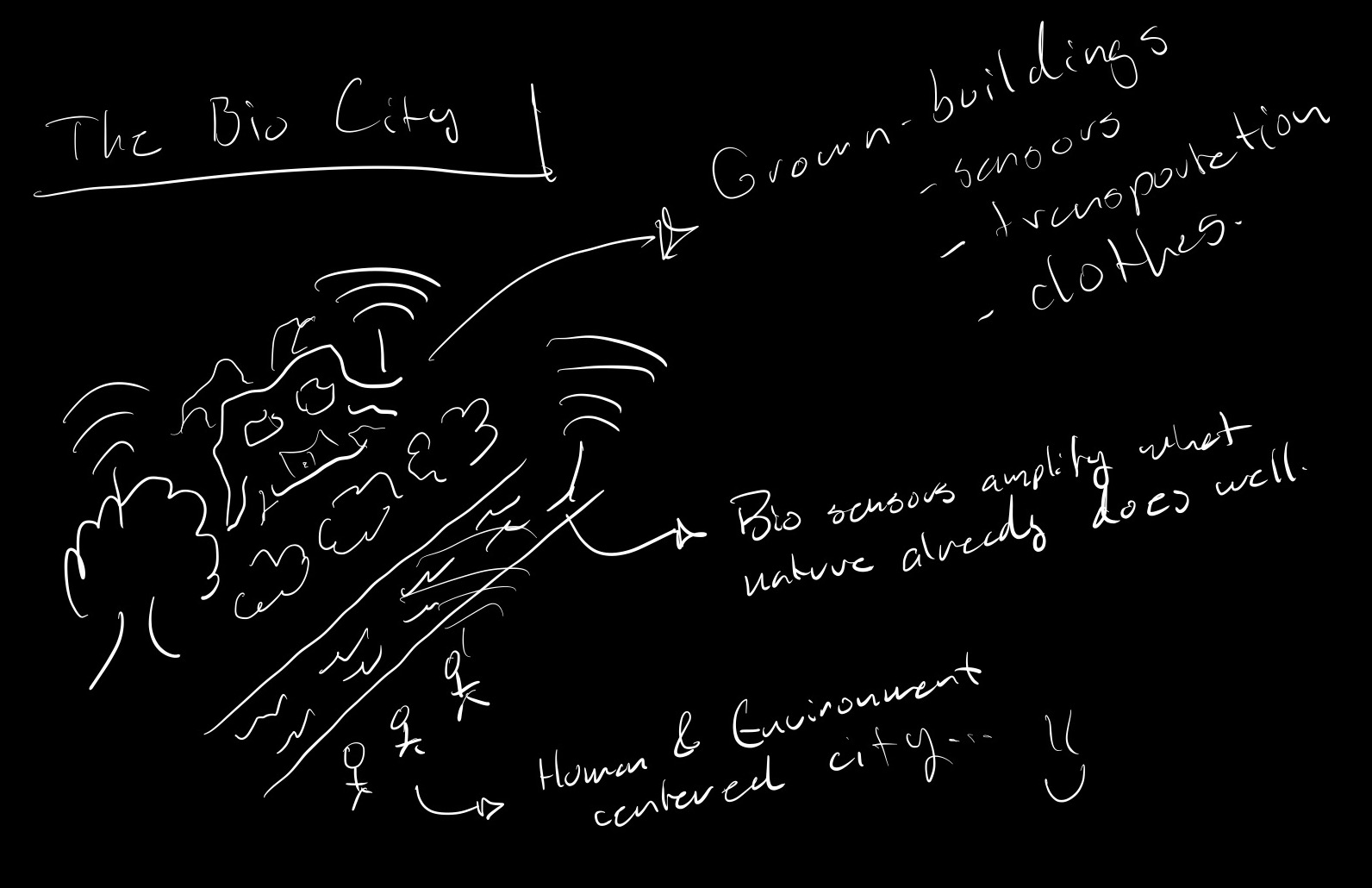


© Disney Parks - Dylan Cole © Astro Boy Concpet Art
Distributed Bio City Sensors
Within the vision of Bio Cities, I want to focus particularyly on the creation of biological sensor networks that allow us to better understand communities and the environment. The netwrok would be a mix of interconnected
bioelectromechanical devices that are capable of extarcting information about the environment and communities and sending signals to actuation units or desiscion makers. This, in turn, could lead to better mobility systems, safer streets, more diverse districts,
and a more sustainable relationship between technology, society and the environment.
The first implementation of the network would be based on hybrid devices. The devices would be bioelectromechanical units that use certain elements from biotechnology, specifically for sensing, and more tradictional
electronics for communciation, data storage and processing. Hybrid systems would only act as the brindge to arrive into fully biological interconnected sensor nodes. The fully biological sensor nodes offer a more sustainable vision due to the fact
that the technology would be sufficiently advanced to enable large scale sustainable deployments. Issues regarding pollution from deploying electro mechanical components all around (along with supply chain impacts) would be eliminated if the network could use
locally sourced bio based systems. The nodes would be close to fully biological from circuitry (including sensing, actuation, processing, communication and storage) to the enclosures and deployment systems.
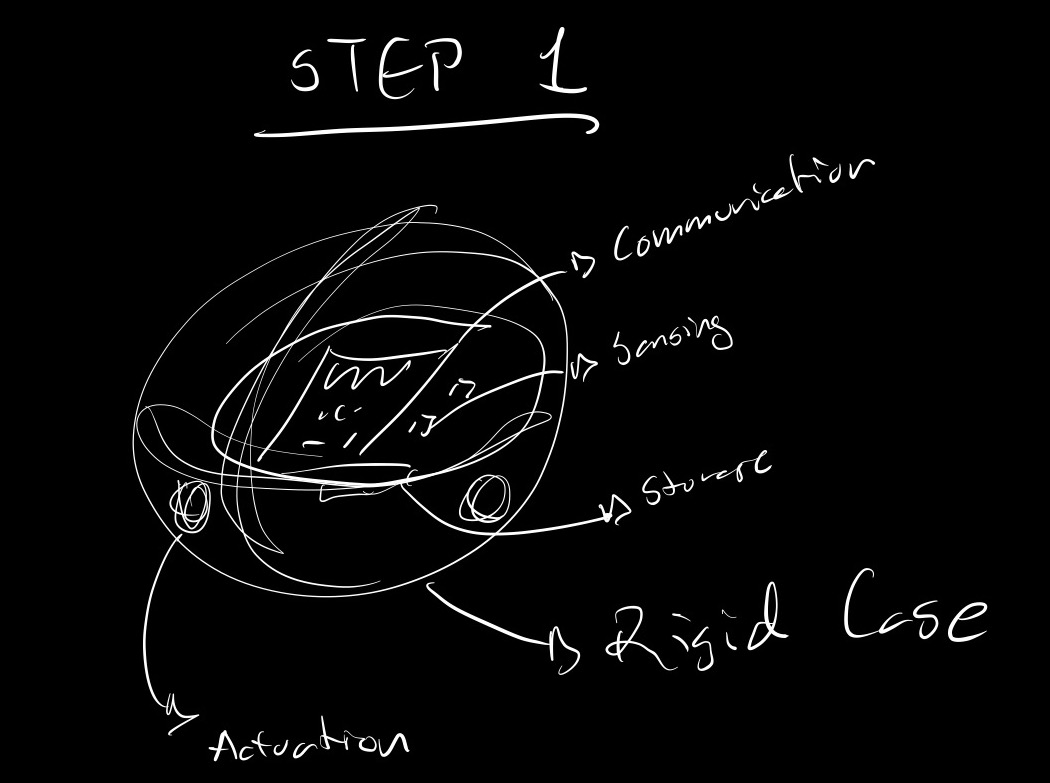
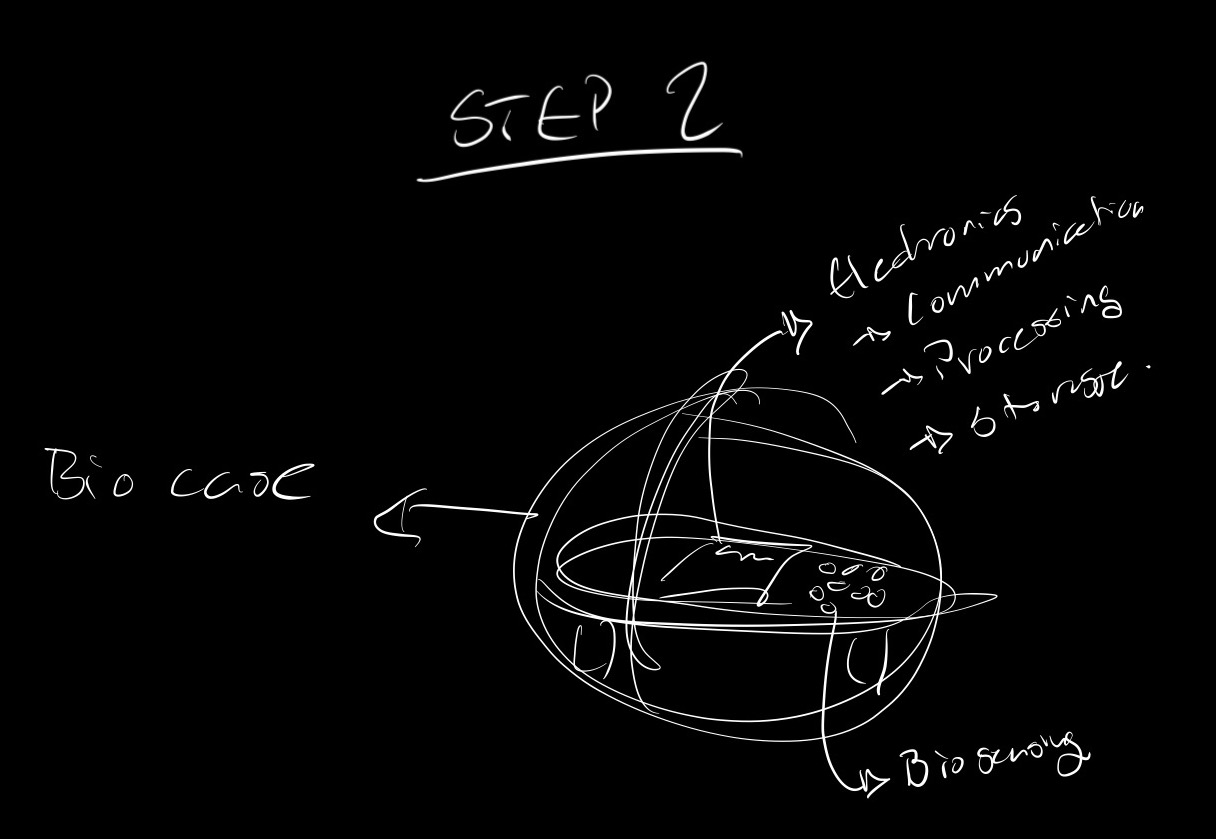
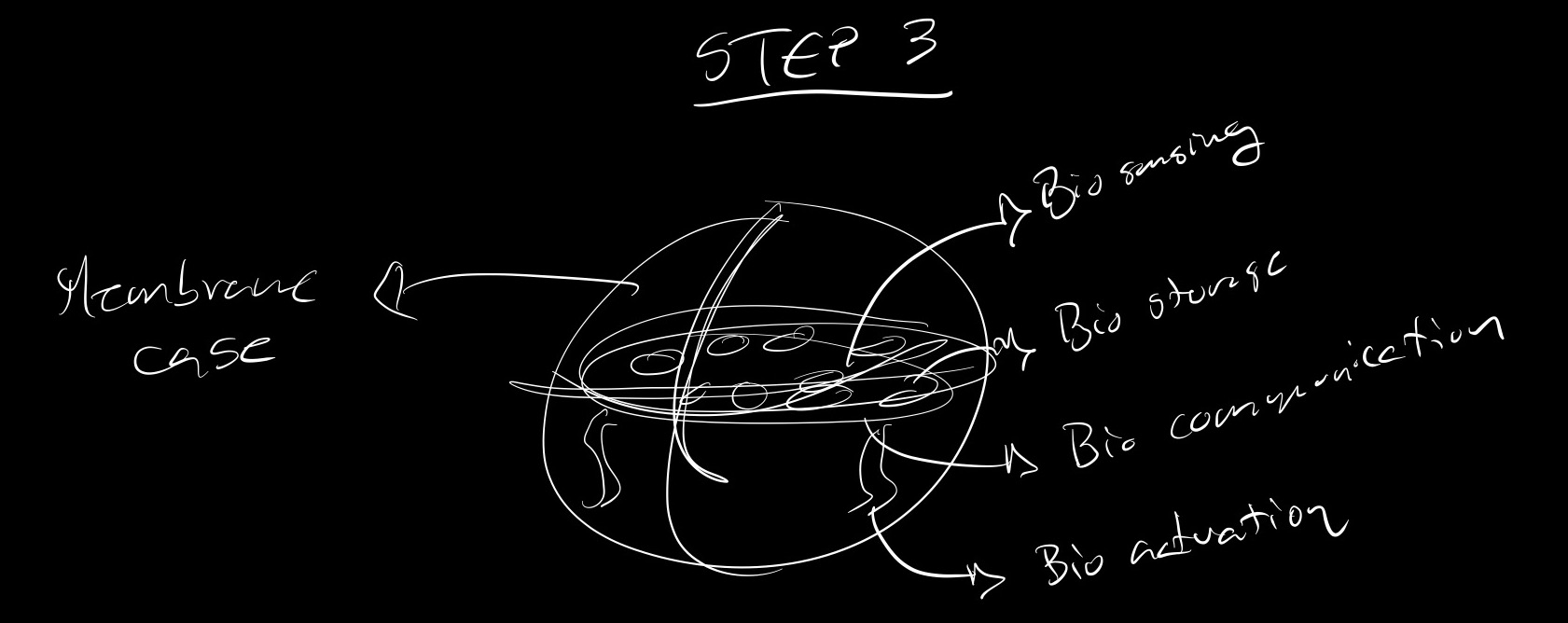
Ethical and safety concerns.
What possible or ethical implications could come from this?
- Devices could malfunction and create undesired reactions within natural environment.
- Devices can be hacked as to produce hazardous entities or functions.
- Ownership and responsability of network is not clear.
- Data will be even more private and sensitive.
- Deployment only benefiting top of the pyramid because of initial high costs.
- Internet like regulation for the network. Everyone owns it and nobody owns it.
- Decentralized node infrastructures and local data storage.
- Community owned and maintained central nodes or infrastructure
- Deployment of only Risk Level 2 organisms.
- Strict control over how synthetic organisms are deployed in environments were they intract with natural organisms.
- Push in research towards staying within risk 2 organisms (iGEM style).
- Incentives for iterating through possible failures for devices.
- How can we make it economically attractive for people to find possible dangers in deployments?
- Society gives equal value to success and failure.
- Open source design, code and deployments.
- Open Source Tools for community auditing.
- Society gives equal value to success and failure.
- Increase in literacy of how these tools can be used.
- Democratized information and tools.
- Lowering entry barriers.
| Context | Option 1 | Option 2 | Option 3 | Option 4 | Option 5 |
|---|---|---|---|---|---|
| Enhance Bio Security | |||||
| Preventing | 0 | 1 | 1 | 1 | 1 |
| Responding | 0 | 1 | 1 | 0 | 0 |
| Foster Lab Safety | |||||
| Preventing | 0 | 1 | 0 | 1 | 1 |
| Responding | 0 | 1 | 0 | 0 | 1 | Protect The Environment |
| Preventing | 0 | 1 | 0 | 0 | 1 |
| Responding | 0 | 0 | 0 | 0 | 1 | Other Considerations |
| Feasibility | 1 | 0 | 1 | 1 | 1 |
| Not Impede Research | 1 | 0 | 1 | 1 | 1 |
| Promote Constructive Applications | 1 | 0 | 0 | 1 | 1 |
| Technological Equality | 1 | 0 | 0 | 1 | 1 |
Bio sensor circular model implementation.
System would revolve a highly audited network. The communities would always maintain the most power over the network, information and its benefits. Companies would act as the key enablers by developing the required infrastructure. Companies would make money through subscriptions to the inffrastructure paid by communities through taxes and public spending so that all members can aim to have equal access. The bio hacking community would be the one that would be responsible for the development of the actual nodes and the applications/tools that could be beneficial for the environment and the community.